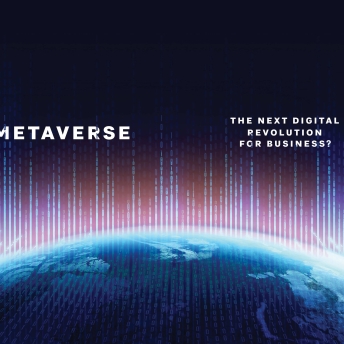Michael Papadopoulos
Michael is a strong advocate of the DevOps culture and agile principles, with demonstrated experience applying both in challenging global environments. Coming from a development background, he remains highly technical, with hands-on involvement.

Education
Past Experience

Michael is a Partner at Arthur D. Little, based out of our London office, and serves as Chief Architect.
Michael is passionate about designing the right solutions using smart-stitching approaches, focusing on practicalities and realism over architectural purity. Michael is able to build and lead teams composed of software engineers, data scientists, designers, Q&As to deploy solutions solving apparently intractable problems with a focus on cloud-native applications.
Michael is responsible for creating new product offerings ranging from AI powered Technology Assessment across code & build quality, architecture, security and regulatory compliance to the SENSE Social Listening offering. Working with ADL colleagues and practices, these have been successfully deployed across the globe in a variety of industries including tightly regulated domains such as healthcare.
Michael has demonstrated experience in solving problems in challenging global environments. Coming from a development background, Michael remains highly technical, with hands-on involvement in code review, design, architecture, and operations.

Taking control of AI

Tightening the data belt

The Metaverse, beyond fantasy

Excelling in a software-driven future

Winning the war for digital talent

METAVERSE - THE NEXT DIGITAL REVOLUTION FOR BUSINESS?

Unleashing innovation using low code/no code – The age of the citizen developer

Why machine learning is crucial

Embrace the shadow

Michael is a Partner at Arthur D. Little, based out of our London office, and serves as Chief Architect.
Michael is passionate about designing the right solutions using smart-stitching approaches, focusing on practicalities and realism over architectural purity. Michael is able to build and lead teams composed of software engineers, data scientists, designers, Q&As to deploy solutions solving apparently intractable problems with a focus on cloud-native applications.
Michael is responsible for creating new product offerings ranging from AI powered Technology Assessment across code & build quality, architecture, security and regulatory compliance to the SENSE Social Listening offering. Working with ADL colleagues and practices, these have been successfully deployed across the globe in a variety of industries including tightly regulated domains such as healthcare.
Michael has demonstrated experience in solving problems in challenging global environments. Coming from a development background, Michael remains highly technical, with hands-on involvement in code review, design, architecture, and operations.

Taking control of AI

Tightening the data belt

The Metaverse, beyond fantasy

Excelling in a software-driven future

Winning the war for digital talent

METAVERSE - THE NEXT DIGITAL REVOLUTION FOR BUSINESS?

Unleashing innovation using low code/no code – The age of the citizen developer

Why machine learning is crucial

Embrace the shadow
More About Michael
- University of EssexB.Eng (1st Class) Computers & Networks
- App-ArtProduct architect
- mSensisProduct architect
